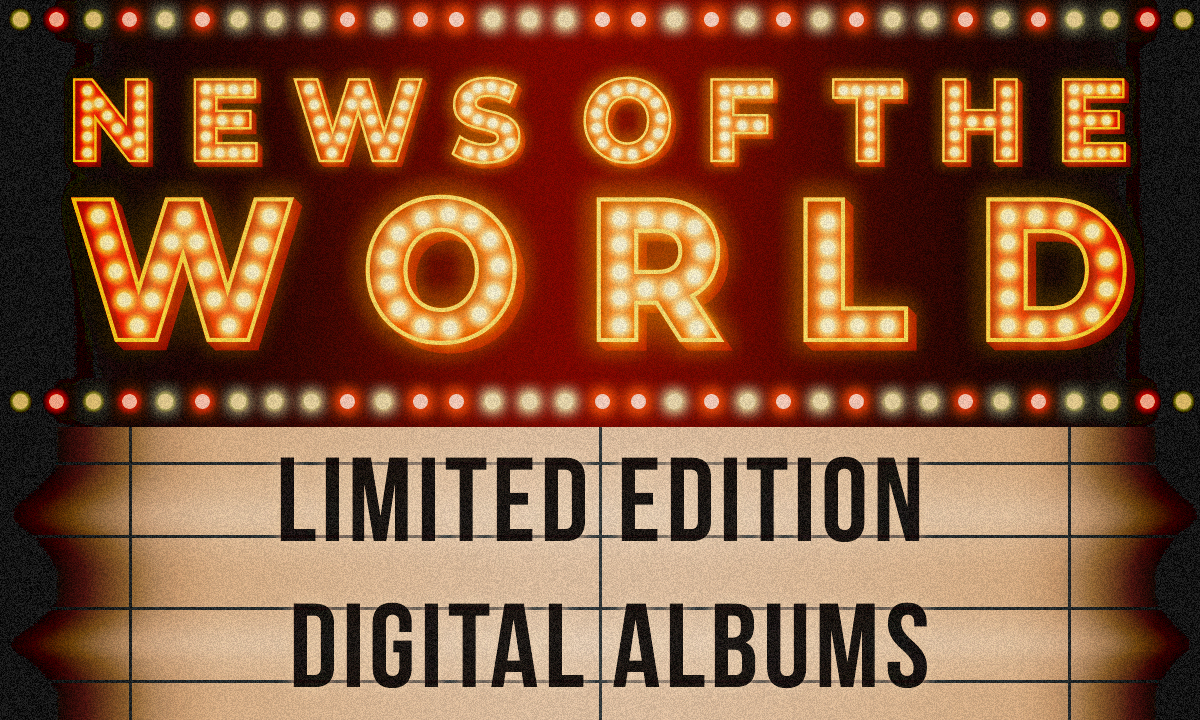
NoW
[NoW] What if digital songs could have limited editions?
The rules of the game are changing
2021.10.15
Credit
Article. Seongdeok Seo(Music Critic)
Design. Yurim Jeon
The music industry is full of diverse, ever-changing strategies for boosting album sales. Bundling albums with merchandise or concert tickets, adding bonus tracks and reissuing them as deluxe versions have all been so influential that they’ve affected the way album sales are calculated—and that’s just in recent years. But one factor that transcends time and pushes people to buy is when sales of the album are limited in quantity or duration. Even in the digital age, that “analog” feeling of holding a physical object in your hands still has the power to pull people in. So what about things that aren’t limited, but one of a kind? As far as the music world is concerned, the simplest and surest way to guarantee an album to be unique is to have it signed by the artist, a process that depends on the performer and their physical effort. Last month, Taylor Swift sold limited-edition, hand-signed copies of her album Fearless (Taylor’s Version) for 72 hours. While signing, she joked that her “hand is now frozen in the permanent shape of a claw,” but there’s some truth to that.
Swift’s album evermore is something of a pioneer of the analog strategy that’s trendy at the moment. The album retook the number one spot on the Billboard 200 suddenly in June with over 200,000 units sold. People were focused on how the album broke the one-week sales record for vinyl LPs at 100,000 units, but it’s sometimes forgotten that 70,000 signed CDs were sold as well. CD sales for the previous week, before the signed copies went out, were just 1,800. And there was a signed version of the digital album, too. Four different versions, each with their own cover and featuring Swift’s signature, were released; sales of digital albums reached 20,000, while the week before that saw sales of just 400 copies. Hold on—a digital album that’s … signed? A digital signature?
Electronic signatures were actually developed for use in offices long before COVID-19 struck, but have become even more useful ever since. Strictly speaking, the identity of the person who signs with an electronic signature has been verified by a third party, the contents of the document can’t be changed and the signee can’t deny that they signed it. Thanks to this process, it’s possible to fully and legally finalize a contract without ever having to meet in person. But the concept is less formal when it comes to digital albums and is sometimes treated like it’s a joke.
A signed digital album features cover art with the artist’s signature added on. They don’t’ contain anything like non-fungible tokens (NFTs), a popular technology these days, meaning their authenticity can’t be verified and they can still be bought and sold. You can guess why digital albums are sold during a limited period every time. In any case, once Swift did it, Doja Cat, Migos and, most recently, Lady Gaga and Tony Bennett all received a boost to their album sales thanks to releasing autographed digital copies.
Emergent technologies are redefining and expanding the ways in which artists and fans connect with each other, and electronic signatures could be among them—we’re still exploring. There are, for example, slightly different approaches that can be taken. In 2015, Luke Bryan had already released his album Kill the Lights, and he electronically signed the cover image of every digital copy purchased by fans in the first 24 hours. This was the only time that each electronic signature was totally unique.
TRIVIA
Migos’ electronic signature
Migos’ album Culture III was released exclusively for download, with electronically signed copies available only on the artist’s website. Anyone who bought a copy found there was a text file included with the download that read, “this is an EXCLUSIVE album signed by all three of us with sophisticated digital technology, so please !! DO NOT SHARE THIS! Or copy paste [i]t.”
Migos’ electronic signature
Migos’ album Culture III was released exclusively for download, with electronically signed copies available only on the artist’s website. Anyone who bought a copy found there was a text file included with the download that read, “this is an EXCLUSIVE album signed by all three of us with sophisticated digital technology, so please !! DO NOT SHARE THIS! Or copy paste [i]t.”
Copyright © Weverse Magazine. All rights reserved.
Unauthorized reproduction and distribution prohibited.
Unauthorized reproduction and distribution prohibited.
Read More
- [NoW] “Mood”, the hit song of the era2020.12.04

- [NoW] Spotify is coming2020.12.31
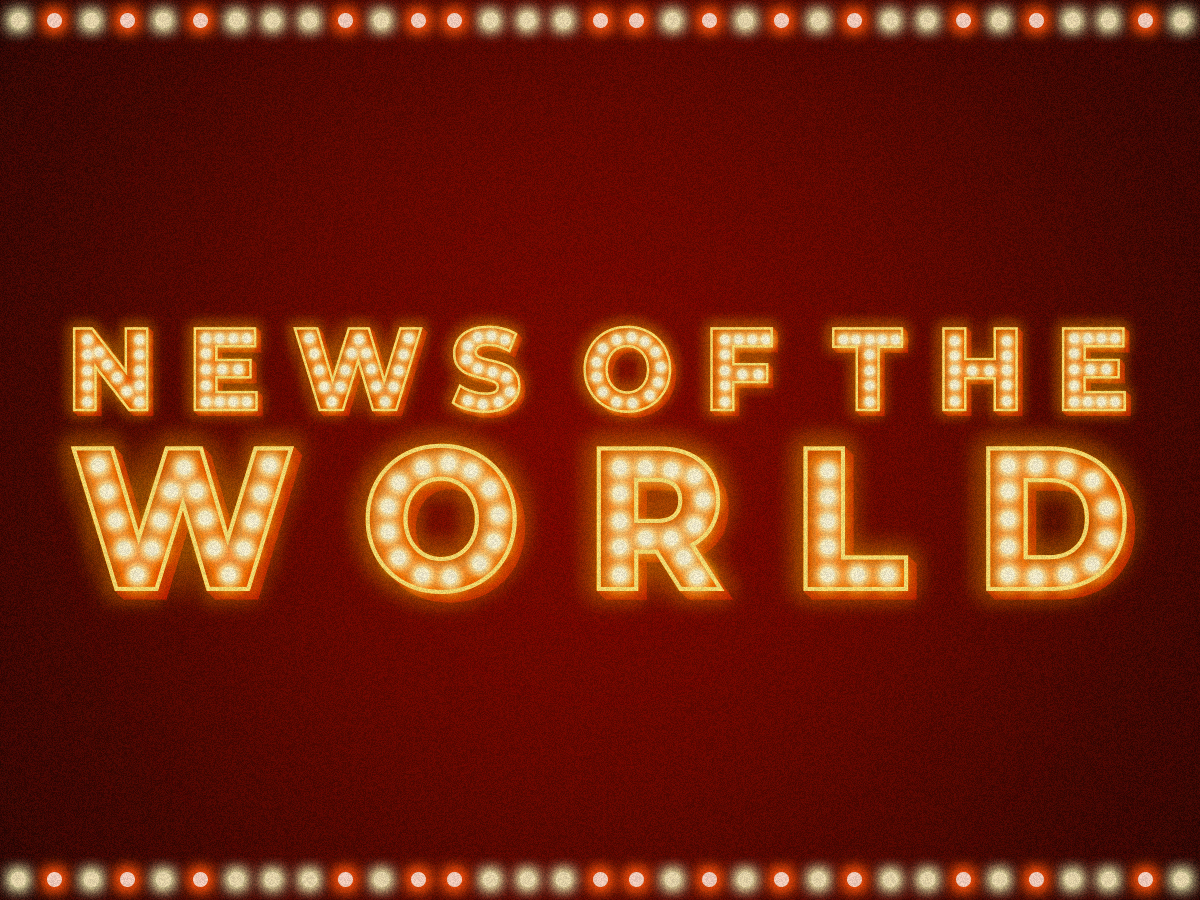
- [NoW] Olivia Rodrigo: a star is born2021.01.29
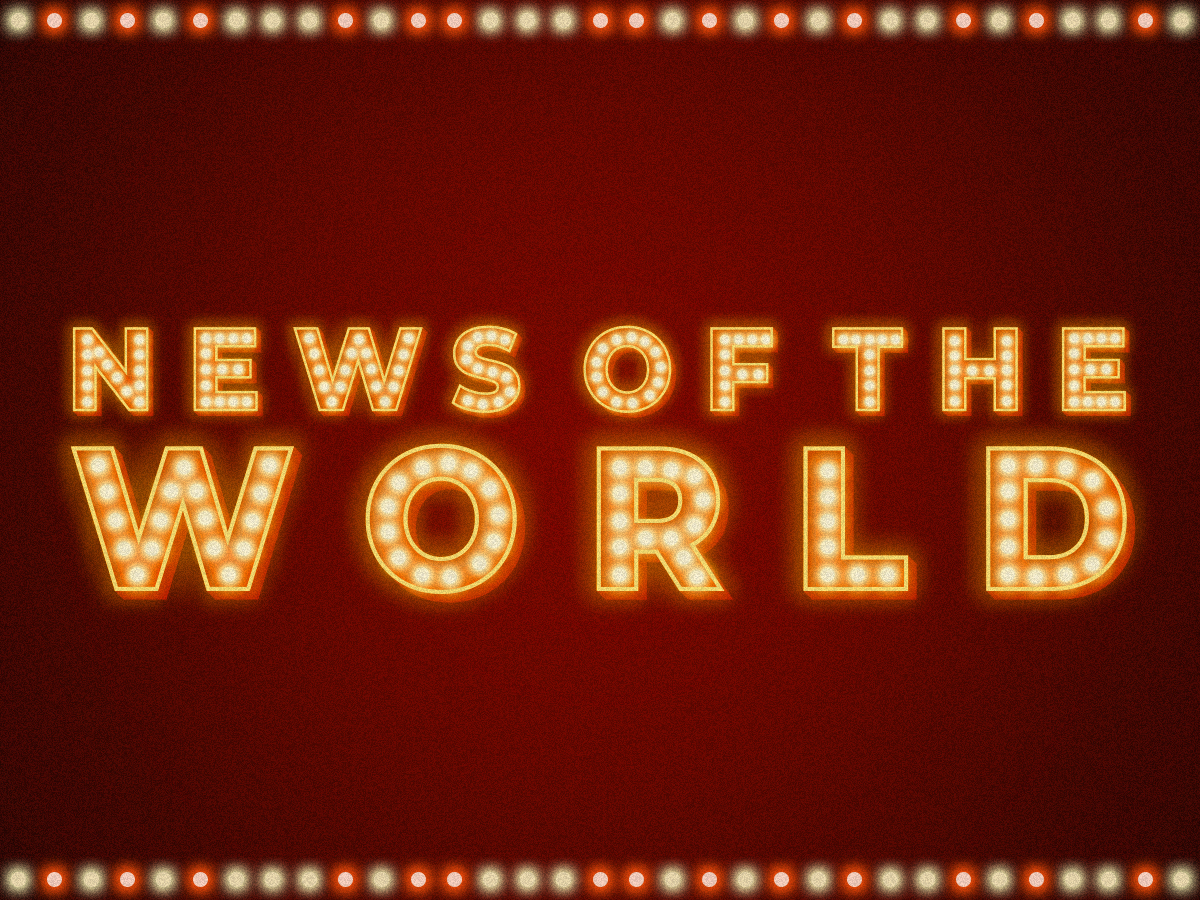
- [NoW] Taylor Swift’s rerecording2021.03.05
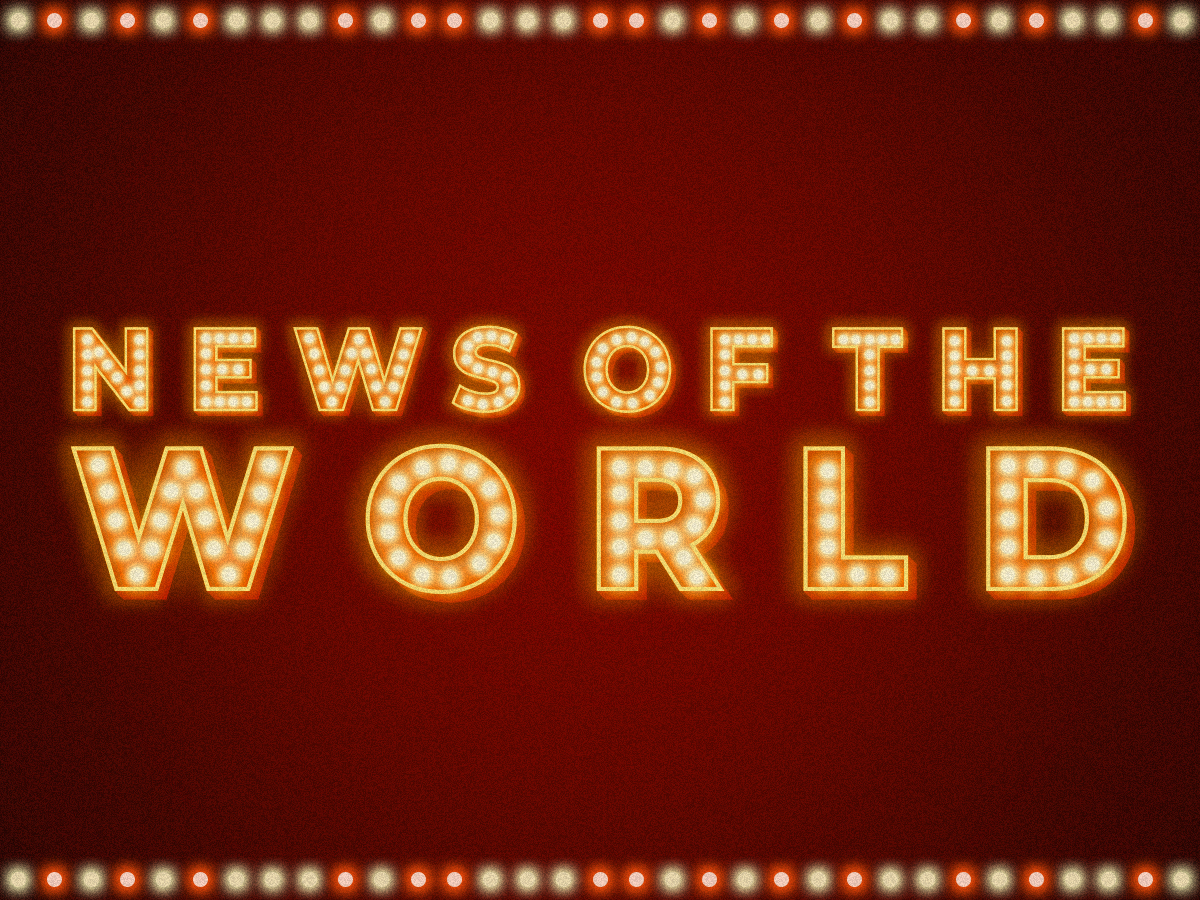
- [NoW] Drake, Drake, Drake!2021.04.02
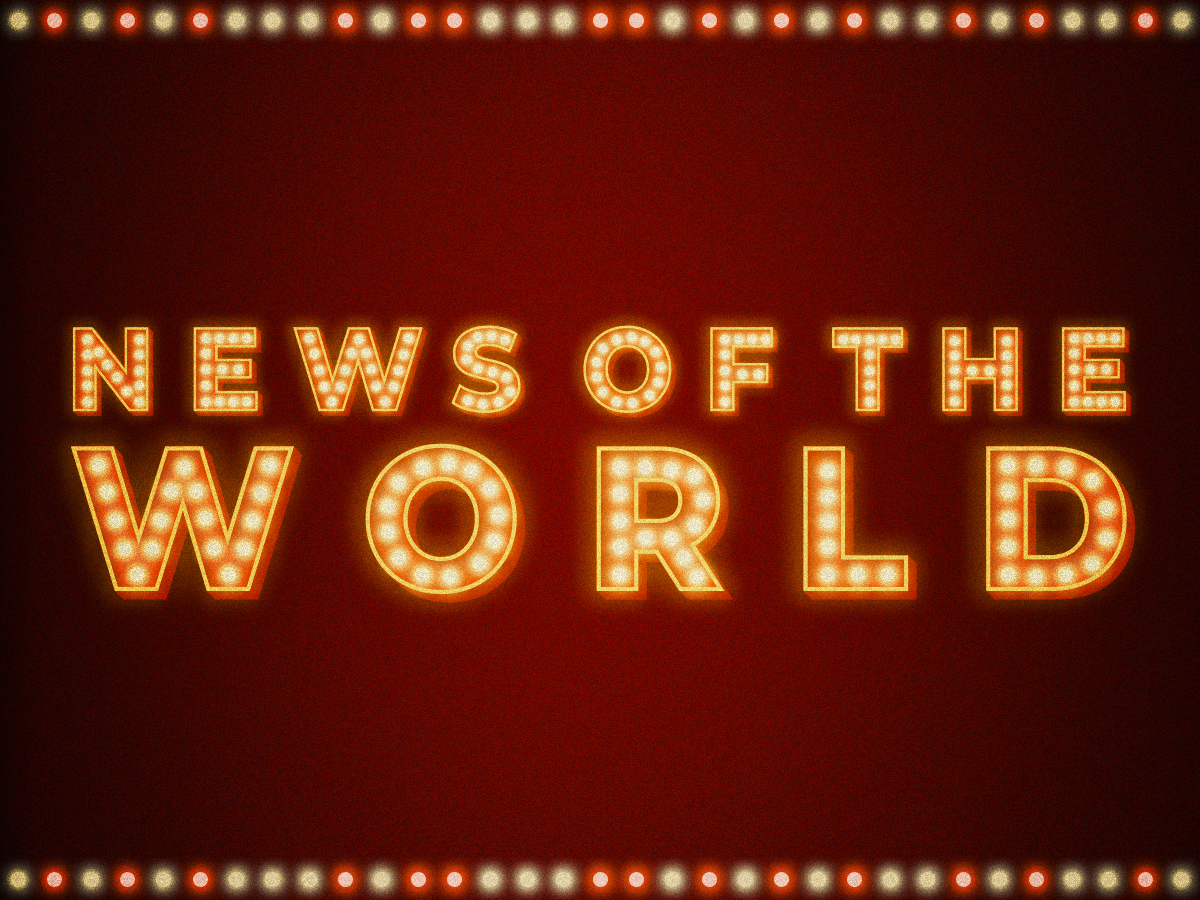

- [NoW] Time to listen to the Kid LAROI2021.05.28
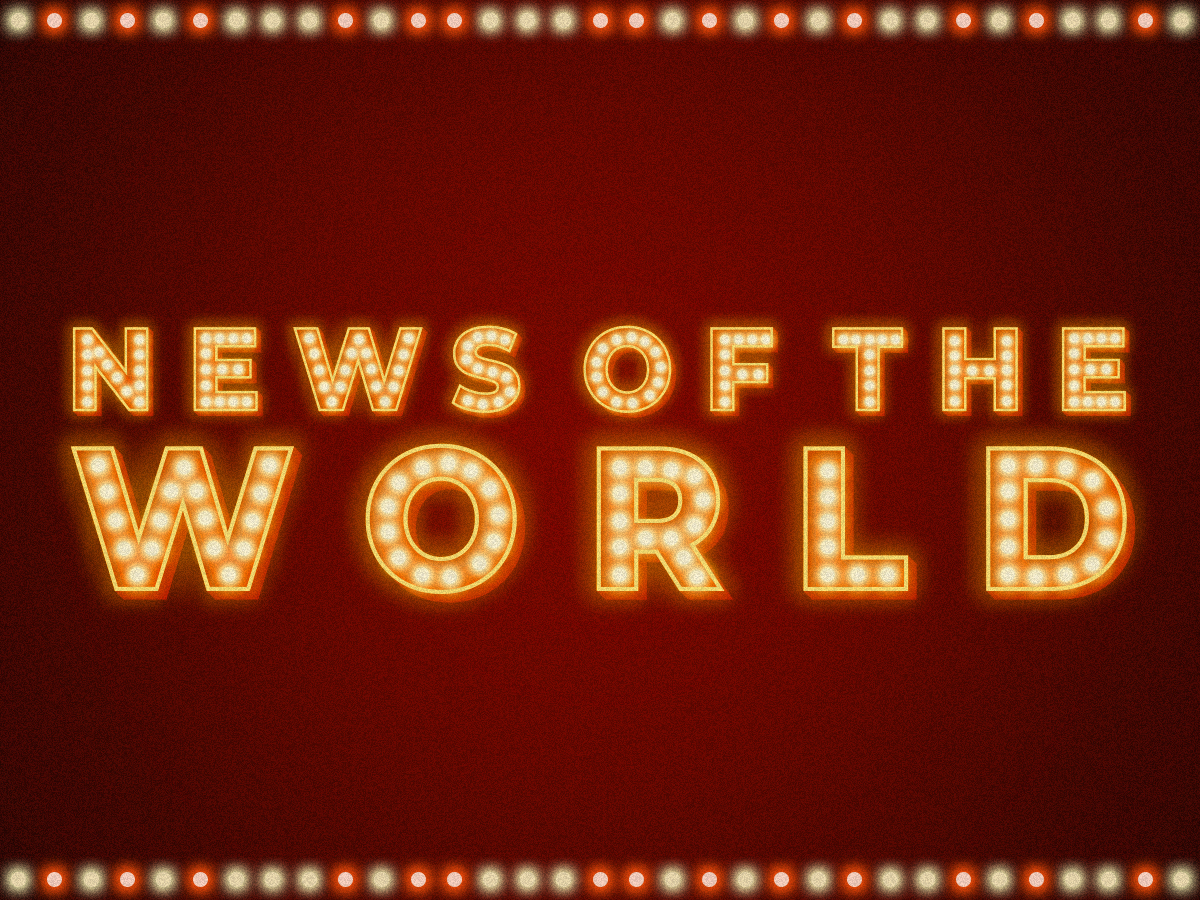
- [NoW] Vinyl Me, Please2021.06.25

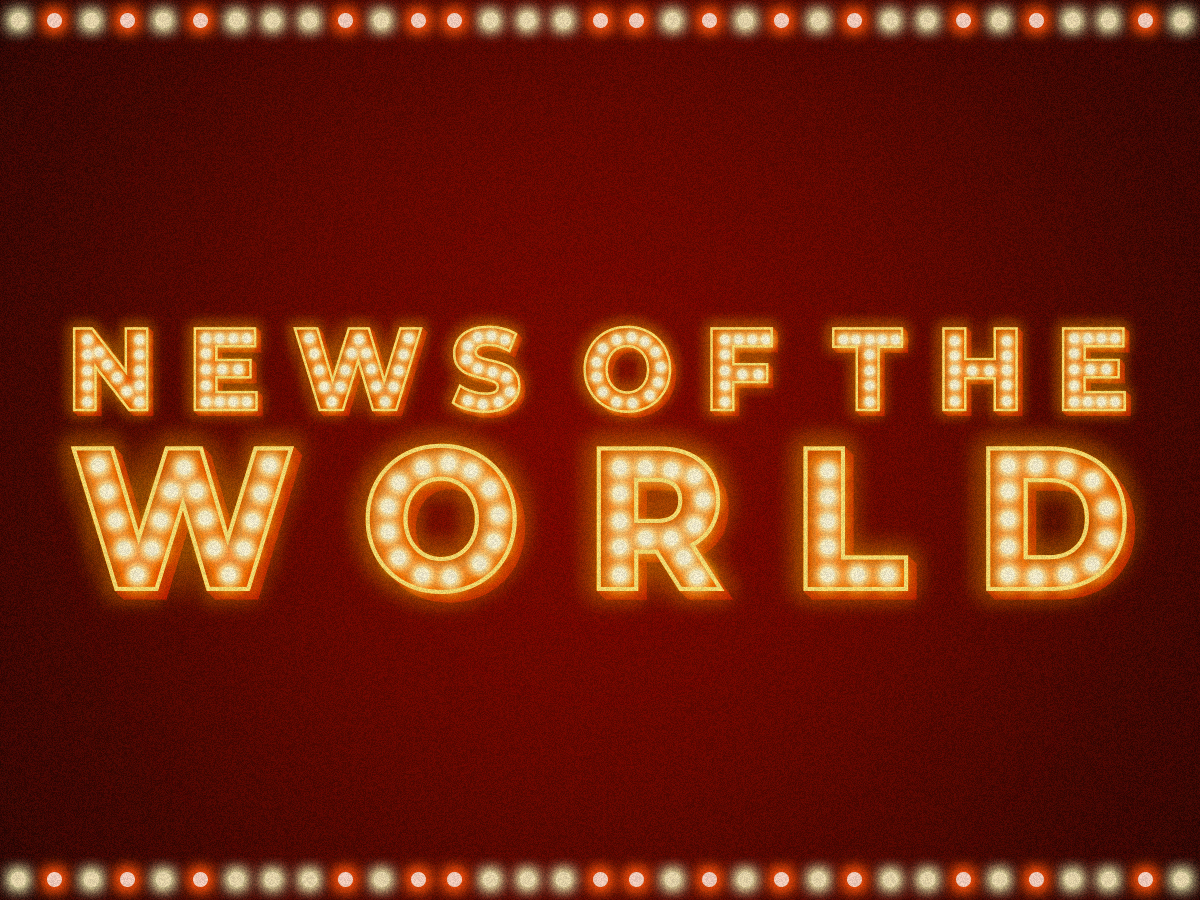
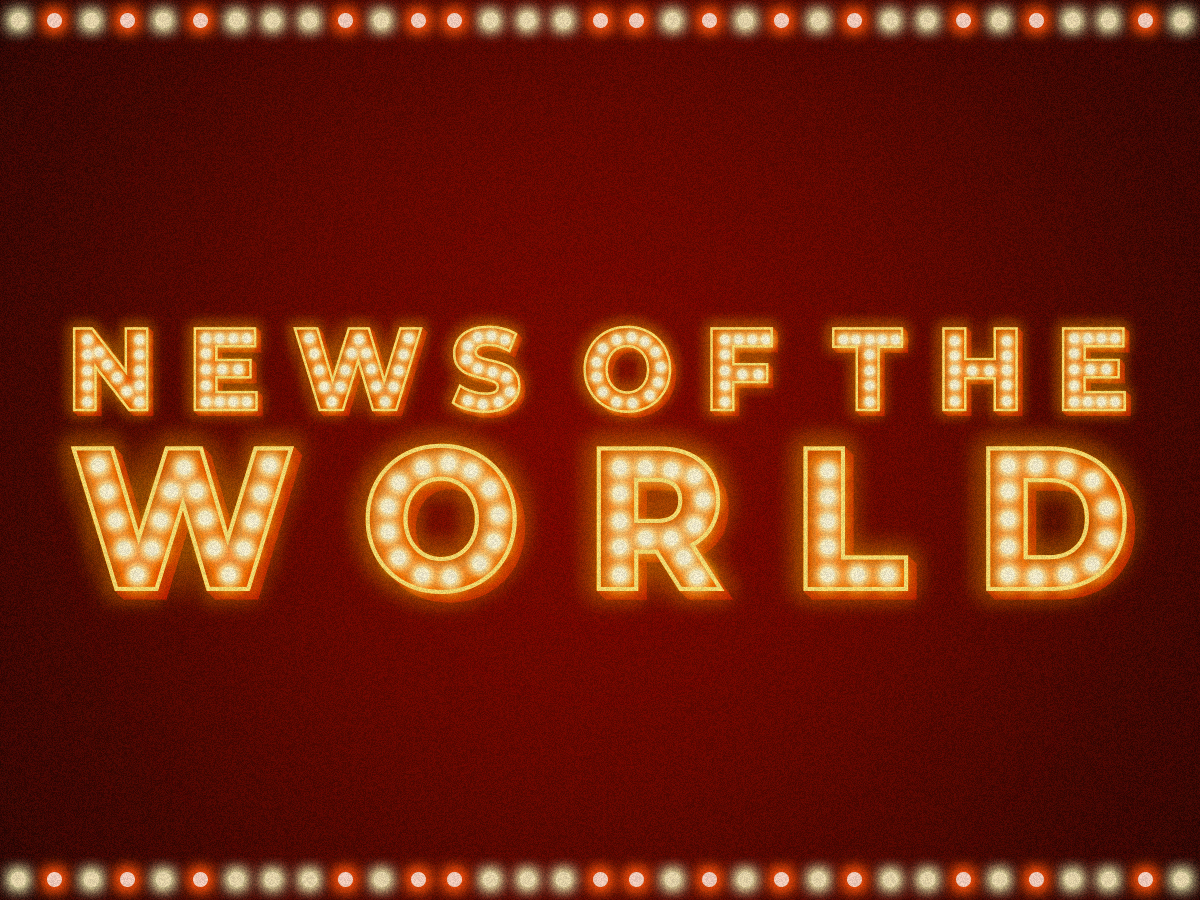
- [NoW] Drake’s strategy2021.09.17
